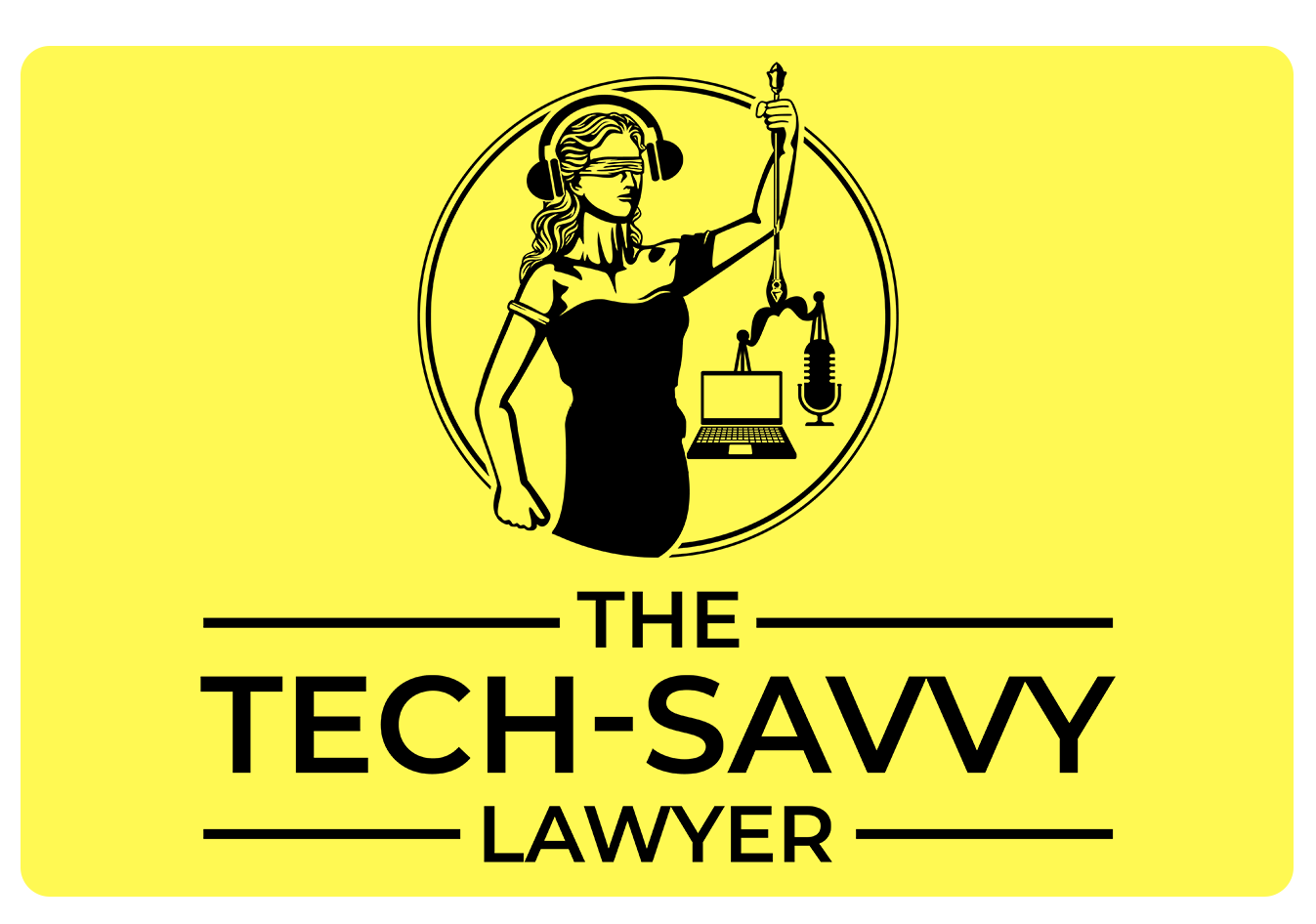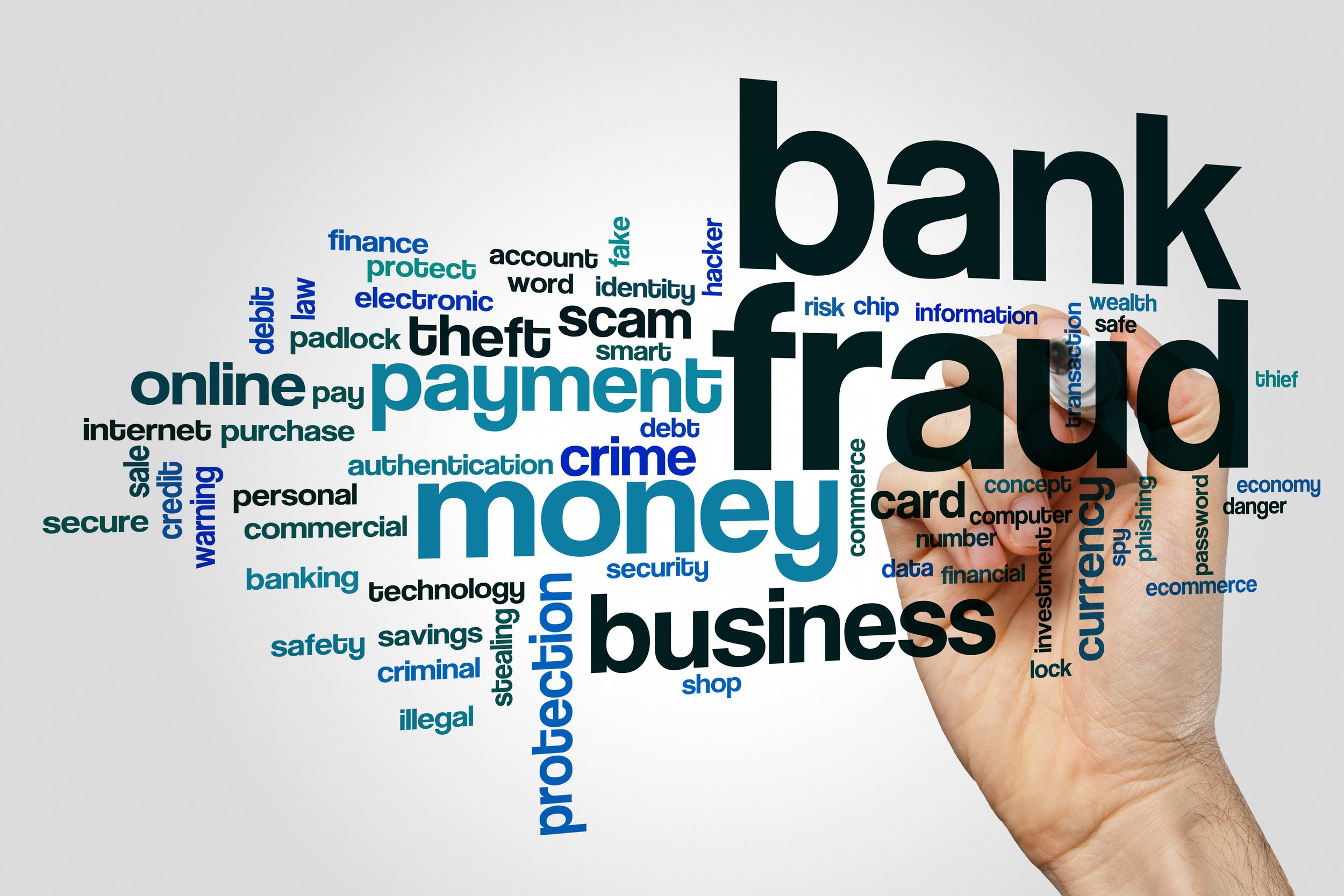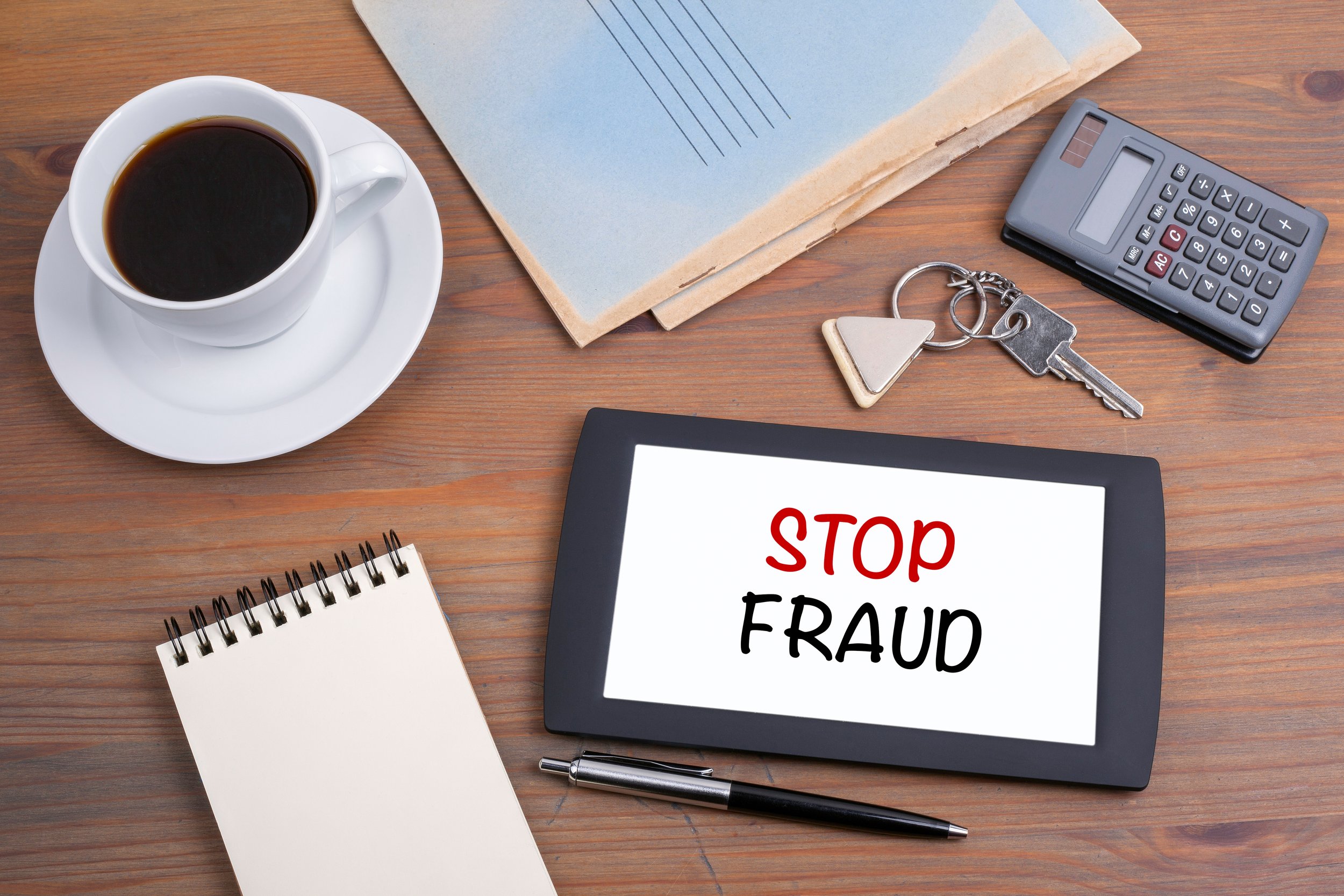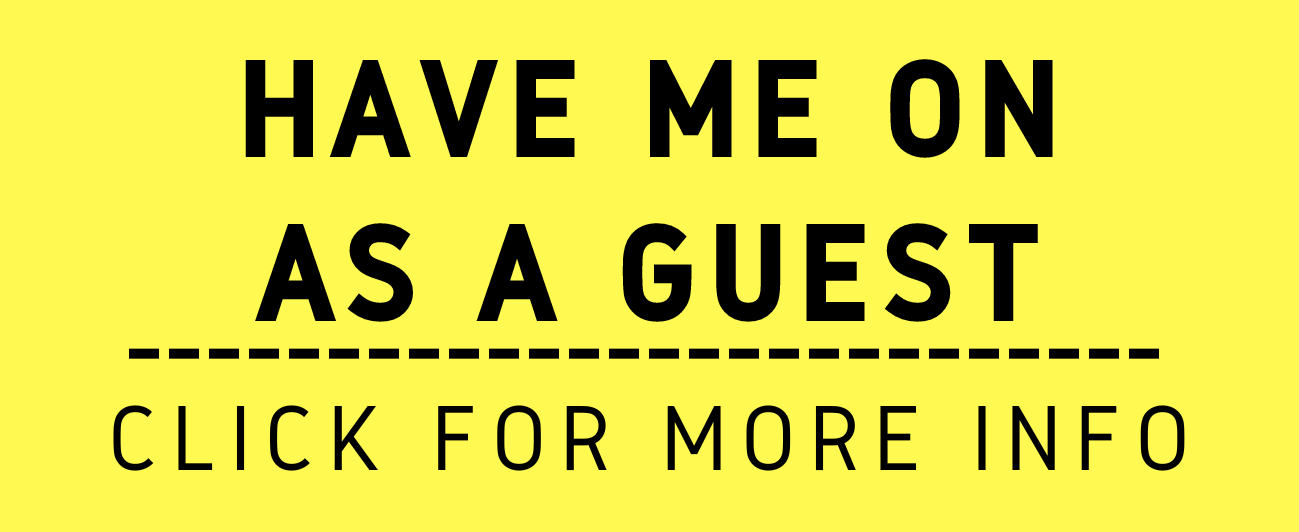BOLO: Watch Out for Electronic Payment Scams!
/What Out for Electronic Payment Scams!
Daniel Oropeza at Lifehacker reports that there has been a rise in people being scammed with the Zelle payment app. There are a lot of other similar payment apps, and they all provide an easy way to send money to others without having to write a check or have cash on hand. This can serve as a possible easier means of doing business: These apps may take out certain steps, e.g., writing and mailing a check, when paying your contract workers and easier way to keep track of payments for 1099-R IRS reporting. Plus the recipient can get their money almost instantaneously! The problem with these apps is when you get unsolicited calls, e-mails, or texts to "authorize" or "confirm a payment" you did not make or were expecting. You get a text like this:
FreeMsg: BANK OF AMERICA Fraud Protection Team: Did you attempt a Zelle Transfer for $550.00 on 10-10-2022? Reply YES or NO. To Opt Out Fraud Alert Text reply STOP
This seems like a fairly innocuous message. But replying to it gives the scammers enough information to empty your bank account. Never a good thing. Remember, Zelle is by its own definition “… is a great way to send money to friends and family, even if they bank somewhere different than you do.” (emphasis added). So when you get one of these messages, you should have an idea if you have been sending or receiving money to/from someone. You should never give out personal/business information from unsolicited communications.
Here are some tips to avoid being scammed through a payment app:
You are your best protection against electronic cammers.
If you get an unsolicited text message from your bank or credit card, make sure it’s from a valid number for your bank. If not, mark it as spam and delete it. I use Noborobo to help block spam texts on my iPhone. The company will be expanding spam text coverage to Android phones soon!
If you get an unsolicited e-mail from your bank or credit card, check the senders e-mail address carefully. It’s likely a spoof of your bank or even unrelated to your bank. Mark it as spam. You can either put it in your junk file or just delete it. I use Sanebox to deal with spam e-mail. It’s a paid third-party service that uses artificial intelligence to help identify your important e-mails, put off less important e-mails for review at a later date, and trashes junk, spam, etc. into a "blackhole." **Personal note: I have been using it for years and it saves me a lot of time with my e-mail.
If you get an unsolicited calls for your bank or credit card requesting personal information, don’t give it! Don’t answer numbers you don’t recognize, mark as spam unsolicited callers who ask for it. I use Noborobo to help block spam calls on my iPhone and Samsung (Android).
The theme is don’t give away your personal information to unsolicited communications! If you have concerns about your credit card or bank account, call your credit card or bank directly on a confirmed phone number.















